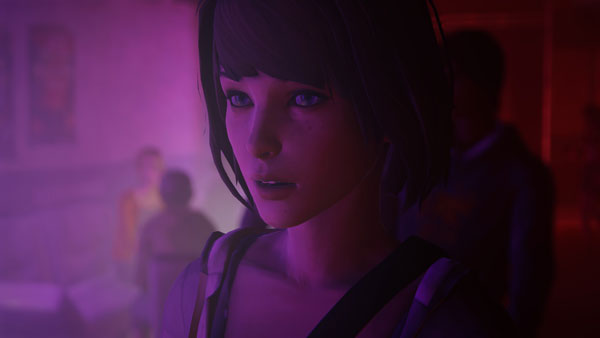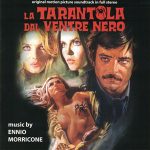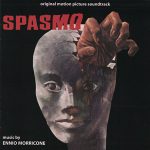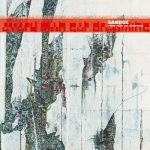
Only the last of the three stories in this horror anthology is worth watching. It’s directed by Frederico Fellini and is (no duh) quite Fellini-esque. At least I think it is. I’ve not seen any other of his movies, but it was very surreal and goofy. Supposedly these are all adaptations of Poe stories, but Fellini just makes his a take on stardom and the shallowness of cinema celebrity. The first segment is Jane Fonda falling in love with a horse and the second is basically a 70’s let’s play, watching two people play cards.
Today I did a revamp of the site’s theme. Mostly this was because Prepros no longer supports Compass in its Sass implementation. I had to go through all my sass code and remove any Compass references and write my own mixins based on them.
In the process I managed to reorganize much of my code and make some style tweaks across the site. I am going to go with slightly bigger fonts and am now using a grid system based on the Bootstrap grid instead of the confusing Zen grid. The biggest change to the site is that now the most recent post appears in full at the top of the homepage with a little “New” label in the corner. Future is now!

This third-tier fantasy movie starts out great, gets really boring, then ends on a slo-mo high note. The Morricone score hides much of the cheapness of the production, as does the cinematography and extensive use of epic slow-motion in the fight sequences. A film this low-grade probably doesn’t deserve Morricone, but there he is saving the day. The lead actress is laughably bad at the acting part of her job but her stunt work is well done and fun to watch.

Life is Strange uses the same branching story game play as Telltale’s games. The twist here is that your character has the power to reverse time and undo choices. There are a handful of puzzles that require some creative time shifting but the reality of this mechanic is that it is simply an alternative to using a quick-save. The real focus is on story and characters. In early episodes I was really annoyed by the mindless teenage banter. I get enough of that phoney YouTuber-style psychobabble from my own daughter. After about the third episode I began to get used to it. What’s left is an interesting drama about renewed friendships, a missing girl, disturbing visions, and the darker side of a quaint Northwestern hamlet. It’s like a somewhat sterile cross between Twin Peaks and Donnie Darko.

Although it contains two fantastic easy-beat Edda Dell’Orso songs, most of this is standard giallo experimentation. I also have a truncated version of this score on a two-fer CD which includes all that you really need without the repetition.

This was a fawning look at Coolidge’s life and tenure as the 30th President. It was okay up to a point, but there’s something about biographies that just don’t click with me. No matter how interesting the person’s life was (and Coolidge’s was only moderately interesting), they will never match a good old fashioned fictional story.
I’ve been using this Web site as a place to show and sell my art for nearly twenty years. In that time I have sold exactly zero prints. I know I haven’t exactly been P.T. Barnum when it comes to self-promotion, but seriously, zero? I have even offered prints for free with no takers.
Well, today is the day that all changes. I am now selling my prints on Etsy.com! This means they’ll handle the billing and shipping calculations and you can sit back, relax and send me all your money!
You can still browse my work on this site and if the art happens to be for sale there will be a big old link in the sidebar for you to click. Impulse buying is allowed.

Another solid giallo score from Morricone. There are three main themes here: “Bambole”, “Spasmo”, and “Stress Infinito”. The first is mellow and dreamy. The second darker and more mysterious. Finally, the third is about weird sounds and experimentation. If you don’t mind the repetition this is a pretty good CD.

When not using the Sandoz moniker to make intense dub reggae albums, Richard H. Kirk’s side project sounds much like his other solo work. There are African rhythms sampled here and there, but, for the most part, this is smooth, not-quite-dancy electronica. I’m not really willing to make the commitment to get into contemporary EDM. Only collecting post-Cabaret Voltaire projects is enough for me to make a claim as to having a large electronic music collection.

We watched this movie because my kid was in a local production of the musical version and I wanted her to see the original. I thought it was quite good although it can’t compare with John Waters’ earlier movies. Yet, even though it’s pretty mainstream, there was still quite a bit of demented stuff lingering throughout.






